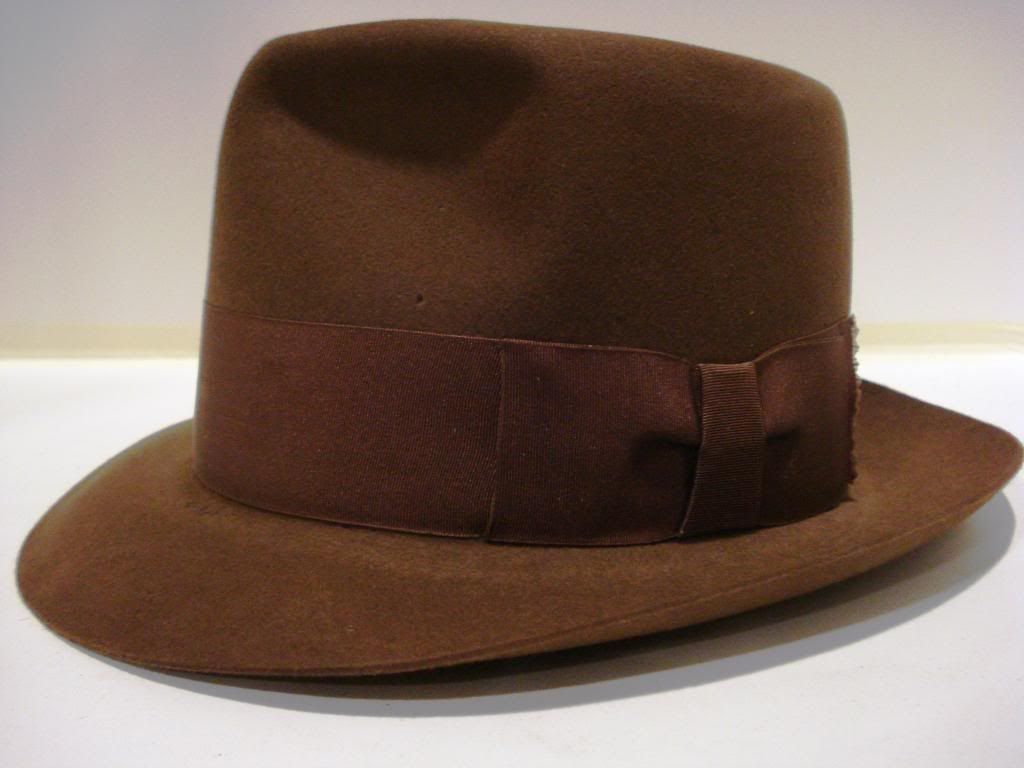Levallois
Practically Family
- Messages
- 676
All other things being equal is there a difference in the overall quality of the felt used to make hats in each of these decades? For example, is a Stetson Royal made in the 1940s a better quality than one made in the 50s? Thank you for your time.
John
John







